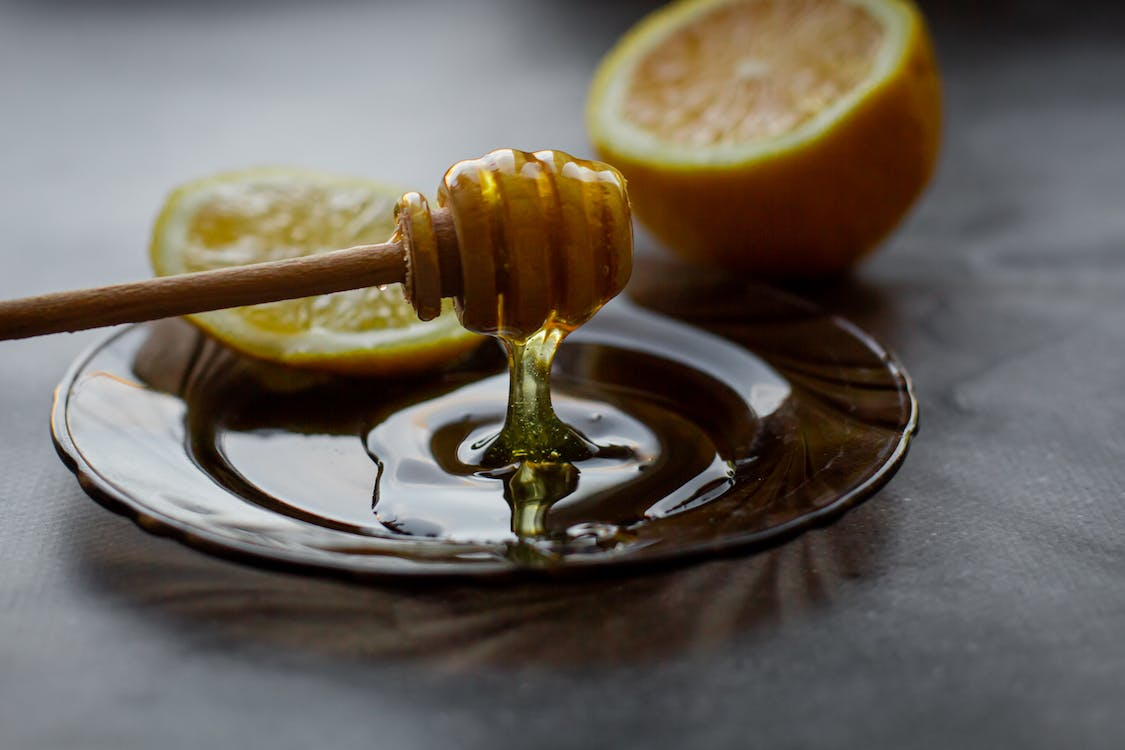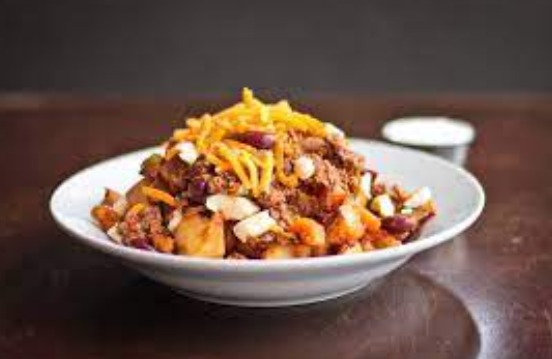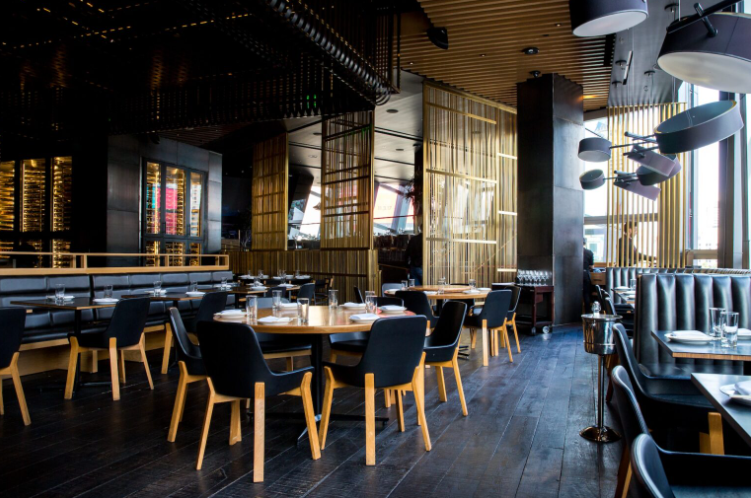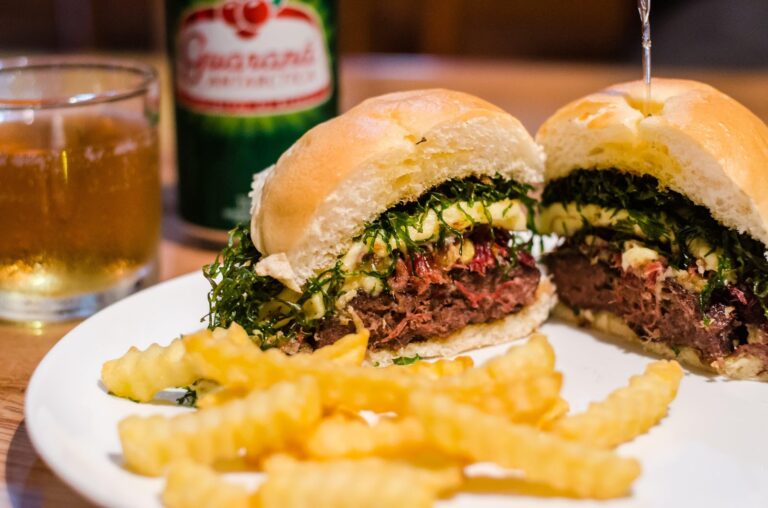Gastronomic Bliss: Elevate Your Dishes with Premium Raw Honey
For ages, honey has added delightful flavors to our recipes. But the honey you find at the store might not have the rich taste of small-batch, raw honey from unique beekeepers. Let’s find out why this special honey should be a staple in your kitchen. We’ll explore how honey’s aromas, textures, and where it comes from can make your dishes taste even better. We’ll also dive into the history of honey and meet some amazing people who are leading the way in the world of raw honey.
By the end, you’ll have all sorts of tasty ideas to use gourmet honey in your cooking. Whether it’s in your baked treats, marinades, snacks, or spreads, pure, unpasteurized honey can add a world of flavor. So, let’s get started and uncover the secrets of artisanal honey!
A Primer on Raw Honey Varietals
Honey’s flavor profile is strongly influenced by the nectar sources bees collect from, like wine’s variations by grape. Monofloral honey features one flower, while polyfloral blends contain a symphony of pollens. Here’s a quick tour of popular varietals:
- Orange Blossom – Citrusy, floral. From orange trees.
- Acacia – Sweet, delicate. From black locust trees.
- Lavender – Herbaceous, fruity. From lavender plants.
- Blueberry – Jammy, well-rounded. From blueberry bushes.
- Buckwheat – Rich, molasses-like. From buckwheat flowers.
- Tupelo – Fruity, buttery. From tupelo trees.
- Sourwood – Spicy, complex. From sourwood trees.
Raw honey captures the essence of each flower or environment. It’s a pure reflection of terroir.
How Raw Honey Differs from Store-Bought
Raw honey is fundamentally different from the filtered, pasteurized honey commonly found in squeezable plastic bears. True raw honey:
- Is unheated and unfiltered, preserving all enzymes, pollens, nutrients, subtle flavors, and aromas
- Has not been diluted or blended
- Crystallizes naturally over time due to high pollen content
- Has a thicker, silkier texture than processed honey
- Contains fine wax particles and visible honeycomb bits, providing full purity
Once you taste real, small-batch premium raw honey, the difference from conventional honey is undeniable. It’s like comparing fresh-squeezed juice to bottled juice. The depth of flavor is on another level entirely.
Raw Honey Through History
Humans have harvested honey for over 8,000 years, first depicted in Stone Age cave paintings. Ancient Egyptians so revered honey they offered it to their gods. Aristotle christened it “the nectar of the gods.”
Honey was humanity’s dominant sweetener before sugar cultivation spread. For centuries it provided essential calories and nutrients. Honey also naturally fights bacteria, helping preserve foods in the era before refrigeration.
Industrialization in the late 1800s led to mass honey processing and pasteurization to prevent crystallization. But a core group of beekeepers have always nurtured the art of traditional raw honey alive.
Tasting Flights for Your Senses
Sampling a range of raw honey types will open your senses to the diverse aromas, textures, and flavors expressed in this gift of nature. Consider having a tasting night by:
- Gathering small jars of various single-origin raw honey, ideally 3-5 varieties.
- Label each jar by type for easy reference.
- Arrange tasting cups or spoons alongside.
- Smell and taste each fully. Let the flavors unfold on your palette.
- Make notes on the color, texture, smells, and tastes that you observe.
- Rank favorites or jot pairing ideas like “earthy buckwheat would complement berries.”
- Cleanse your palette with water, bread, or apples in between.
Immersing yourself in honey’s nuances illuminates the incredible diversity beyond the honey bear on grocery shelves.
Integrating Raw Honey into Recipes
Raw honey truly shines when used to elevate recipes. Its stickier viscosity, more pronounced flavors, and artisanal pedigree deserve special treatment. Here are tips for integration:
- Sweetening Teas and Beverages – Mix a spoonful into iced tea, lemonade, or cocktails. Or create honey simple syrups for bold flavor in drinks.
- Glazing Meats – Brush chicken, pork, or salmon with honey before roasting. The sugars caramelize, producing a lovely crust.
- Vinaigrettes and Sauces – Whisk into your favorite dressing, reduce or drizzle. Orange blossom honey, for example, brightens a berry vinaigrette.
- Baked Goods – Substitute up to half the sugar in recipes with honey. Adjust liquids to compensate for moisture. Excellent in gingerbread, honey cakes, and banana bread.
- Snacks – Drizzle on fresh fruit, stir into yogurt or ice cream, pair with cheeses, or dip apple slices for a special treat.
- Beauty and Health – Dilute in warm water or tea to soothe throats. Or use topically for nourishing face masks and hair treatments.
The options are endless. Thinking beyond the honey bear unlocks culinary potential.
Storing Your Liquid Gold
To retain raw honey’s purity, store it carefully:
- Keep at room temperature away from direct light in a sealed jar. Refrigeration accelerates crystallization.
- With opaque packaging, honey can be stored for up to 2 years without losing nutrients or going bad.
- If honey crystallizes, simply place the jar in warm water until it reliquefies.
- For kids under 1 year, consult your pediatrician before serving raw honey due to potential bacterial spore risks.
Follow these tips and your artisanal honey will retain its splendid color, aromatics, and silky texture for ages.
Embark on a Sweet Honey Journey
Raw honey offers an enchanting world beyond the grocery store. Seek out the beekeepers passionately nurturing honey’s craft and biodiversity. Sample widely, letting your senses discern each variety’s treasures. Then get creative integrating honey into both savory dishes and sweets. The journey will deepen your appreciation for honey’s gifts and awaken new culinary dimensions. Happy honey tasting!
FAQs
What are the signs of high-quality raw honey?
Indicators include crystallization, fine visible pollen grains or wax particles, opaque rich coloring, pronounced floral aromas, and a thicker, silkier texture. Always buy from trusted beekeepers.
How can you confirm honey is really raw and unfiltered?
Raw honey naturally crystallizes and contains bits of pollen, hive debris, and wax visible to the naked eye. Ultra-clear filtered honey has these removed. Small-batch raw honey sold locally is typically authentic.
Is raw honey safe for infants?
For babies under 1 year old, pediatricians caution against raw honey due to the risk of botulism spores. Once over 12 months, raw honey can be introduced safely. For young children, moderation is advised.
Does raw honey expire?
When stored properly in a cool dark place in an airtight container, raw honey can last up to 2 years while retaining its flavors, aromas, enzymes, and nutrients. If crystalized, simply liquefy by placing the jar in warm water.
What is the healthiest way to use honey?
For maximum health benefits, consume raw unfiltered honey with pollen intact. Using raw honey in moderation to naturally sweeten teas, drizzle on yogurt, bake into recipes, or mix with lemon and warm water delivers nutrition along with sweetness.
Conclusion
Upgrade your honey game by exploring the diverse world of artisanal raw honey. Their intoxicating nuanced flavors, aromas, colors, and textures unlock culinary possibilities. Sip honey tastings to discern the qualities of each varietal. Then get creative infusing your favorite into both sweet and savory dishes for delightfully smooth results. The journey will deepen your appreciation for honey’s gifts and inspire your personal flair in the kitchen.





